
cd_nom
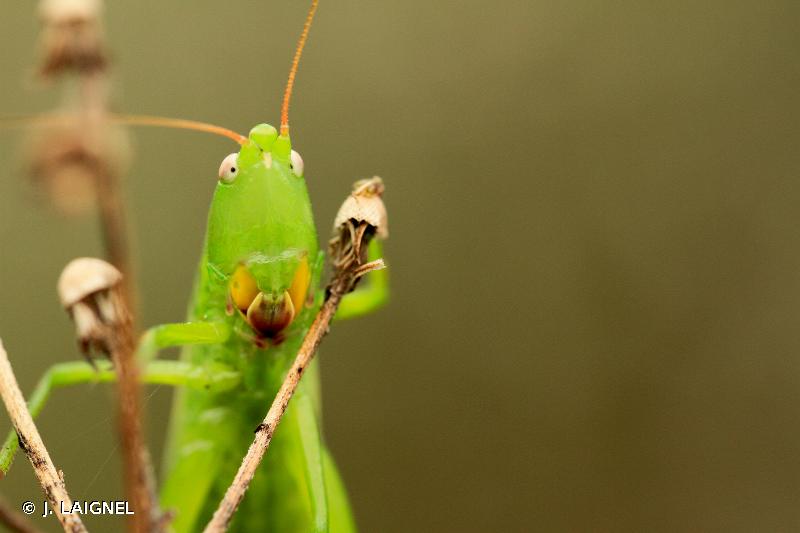
| Author : J. LAIGNEL |
 |
To get the picture, please visit:
Julien Laignel
Chargé de mission SNB - SPN/MNHN
4, avenue du Petit Château
91800 BRUNOY
Tel.: 06.10.68.23.36
Mail: julien.laignel@9online.fr
Despite the Creative Commons license, please inform the author of the use which will be made of his photo

| Author : P.A. Rault |
 |
To get the picture, please visit:
Pierre Alexis RAULT
Muséum national d'Histoire naturelle - Service du Patrimoine Naturel
4 avenue du petit château
91 800 BRUNOY
e-mail : parault@mnhn.fr
Any reuse of one or more photographs on this site is subject to an authorization request from the author.
Link to the Code of Intellectual Property (Legifrance)
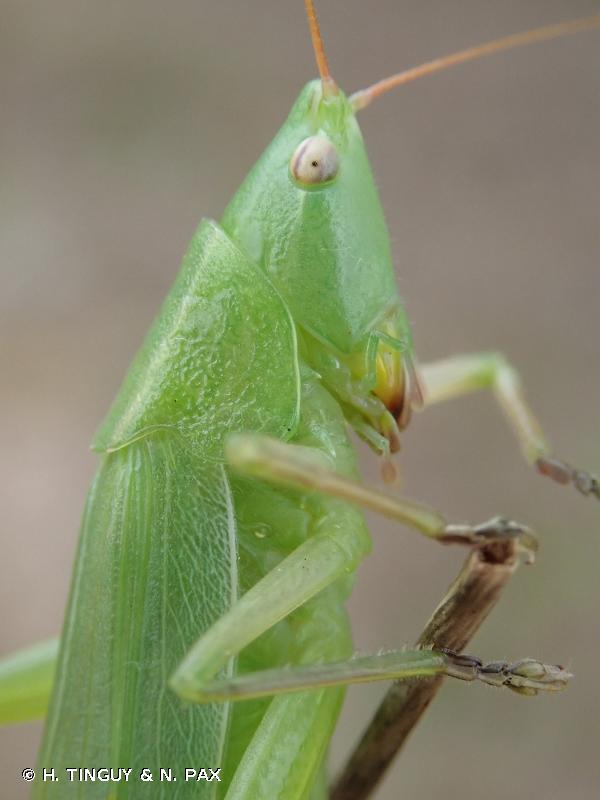
| Author : H. TINGUY & N. PAX |
 |
To get the picture, please visit:
Hugues Tinguy
email : inpn@mnhn.fr
Despite the Creative Commons license, please inform the author of the use which will be made of his photo
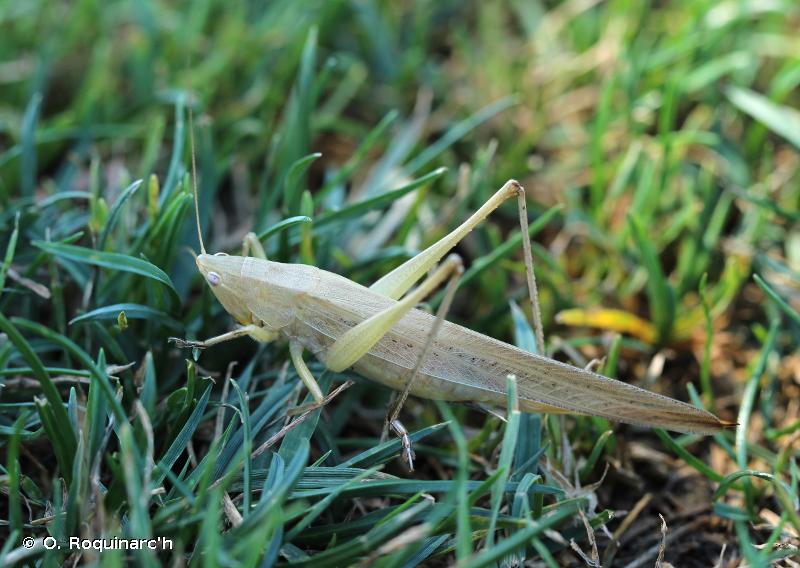
| Author : O. Roquinarc'h |
 |
To get the picture, please visit:
Océane ROQUINARC'H,
Muséum national d'Histoire naturelle,
Service du Patrimoine Naturel,
4 Avenue du Petit Château,
91800 BRUNOY
mail : oroquinarch@mnhn.fr
Despite the Creative Commons license, please inform the author of the use which will be made of his photo
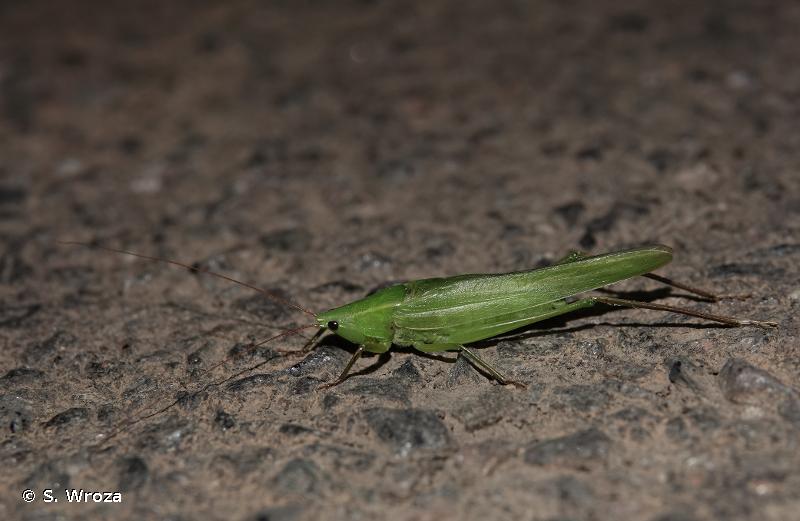
| Author : S. Wroza |
 |
Despite the Creative Commons license, please inform the author of the use which will be made of his photo
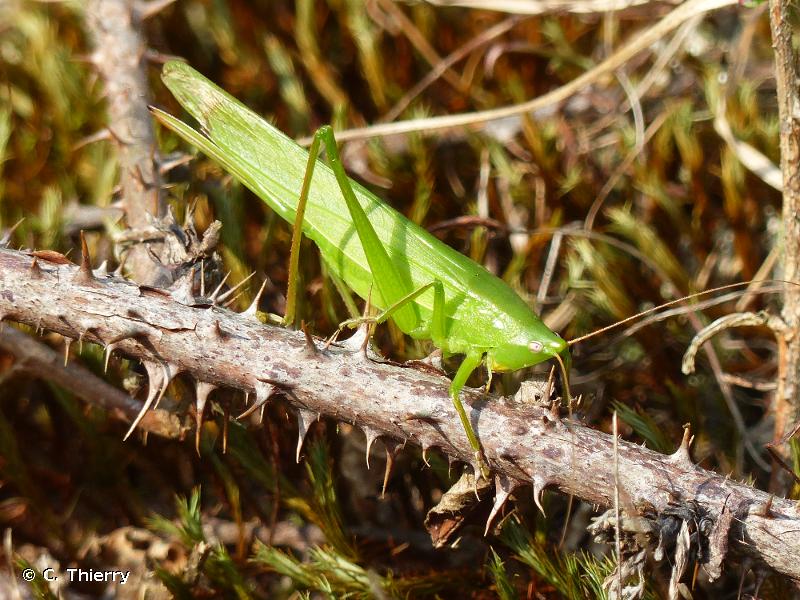
| Author : C. Thierry |
 |
To get the picture, please visit:
Chloé Thierry
Service du Patrimoine Naturel/Muséum national d'Histoire naturelle
cthierry@mnhn.fr
4, avenue du Petit Château
91800 Brunoy
Despite the Creative Commons license, please inform the author of the use which will be made of his photo
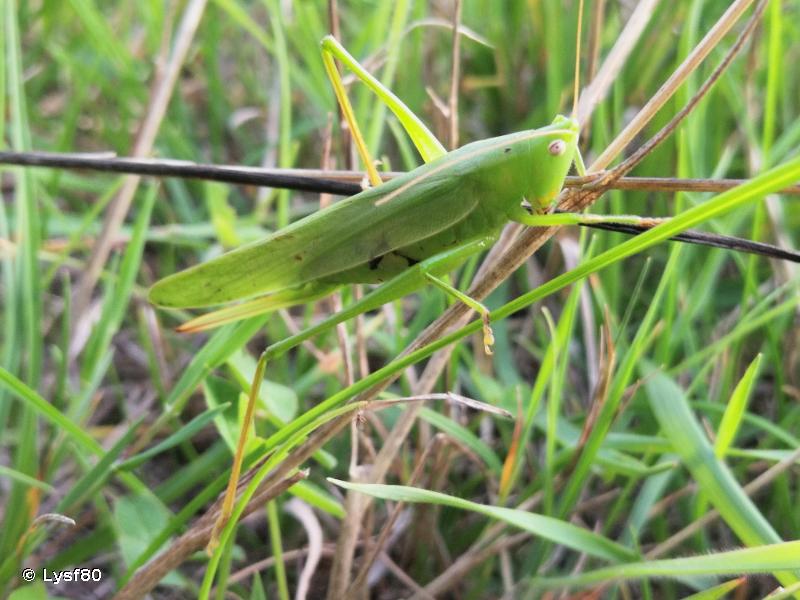
| Author : Lysf80 |
 |
To get the picture, please visit:
Lysf80
email: inpn@mnhn.fr
Observation partagée via l'application INPN Espèces
Any reuse of one or more photographs on this site is subject to an authorization request from the author.
Link to the Code of Intellectual Property (Legifrance)
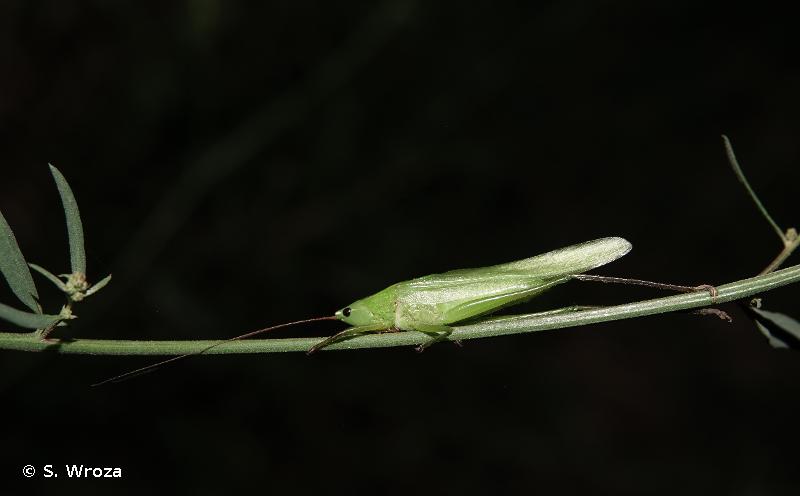
| Author : S. Wroza |
 |
Despite the Creative Commons license, please inform the author of the use which will be made of his photo
Les adultes sont ordinairement uniformément vert clair mais parfois bruns ou rougeâtres. Les antennes sont à peine plus longues que le corps et chez la femelle, l'oviscapte, rectiligne, atteint presque la longueur du corps.
Taille : 20-29 mm.
Cette espèce, à répartition circumméditerranéenne, a des exigences thermiques assez élevées, ainsi elle est absente du nord de la France et au-dessus de 1000 d'altitude.
Essentiellement associée aux peuplements de roseaux et aux prés humides de milieux chauds, on la retrouve aussi dans des habitats plus secs, tant que la végétation est haute et dense.
Son régime se compose de petits insectes et de végétaux (pollen et graines d'herbes, roseaux et laîches).
Le cycle biologique est annuel, les œufs, pondus dans la terre ou dans les tiges d'herbe et de roseaux, éclosent au début de l'été. Les imagos sont présents de mi-juillet à octobre avec un pic en août-septembre.
Ils sont nocturnes et le mâle produit une stridulation qu'on peut qualifier de bourdonnement, très aigu et de forte intensité, qui peut durer plusieurs minutes sans interruption.
[D'après Baur B., Baur H., Roesti C., Roesti D., Thorens P., 206. Sauterelles, Grillons et Criquets de Suisse ; Haupt, Berne, 352 p.
Bellmann H., Luquet G., 2009. Guide des sauterelles, grillons et criquets d'Europe occidentale. Delachaux et Niestlé, Paris, 383 p.
Chopard L., 1951. Orthoptéroïdes.Collection Faune de France – 56. Paul Lechevalier, Paris, 359p.
Voisin J.-F. (coord.), 2003. Atlas des Orthoptères (Insecta : Orthoptera) et des Mantides (Insecte : Mantodea) de France. Patrimoines Naturels, 60 : 104 p.]
Braud J.(),2014
Continental
Metropolitan France
Overseas
Marine
Metropolitan France
Overseas
The map presents a summary at the 10 x 10 km grid of the observation data for the species transmitted to the SINP. These data have been subjected to validation filters.
The map presents a reference distribution layer of the species at the scale of departments and marine sectors. The presence and absence data were established by expertise within a network of partners. This reference distribution is used in the validation process of the SINP data at the INPN level.
Corresponds to a report on the basis of at least one observation proved within a period of 10 years (20 years for little-known invertebrates) preceding the year and no presumption of extinction since obtaining the last data nor doubt on reproductive and implemented nature of this population. For migratory species, the presence indicated concerns areas of reproduction.
This status is based on one or more of the following criteria:
This point covers the absence, more difficult by nature to demonstrate than presence. This status is based on one or more of the following criteria:
This status must be assigned to a department in which the presence of the species is casual.
Particular case of absence due to a proven extinction less than a half century ago (older disappearances are treated as "no probable or definite").
In the state of knowledge, we can not comment on the presence or absence in the current department. This is the default status when not comprised in one of the previous categories or whenever there is doubt.
The map shows the global distribution of the species based on GBIF data (Global Biodiversity Information Facility).
